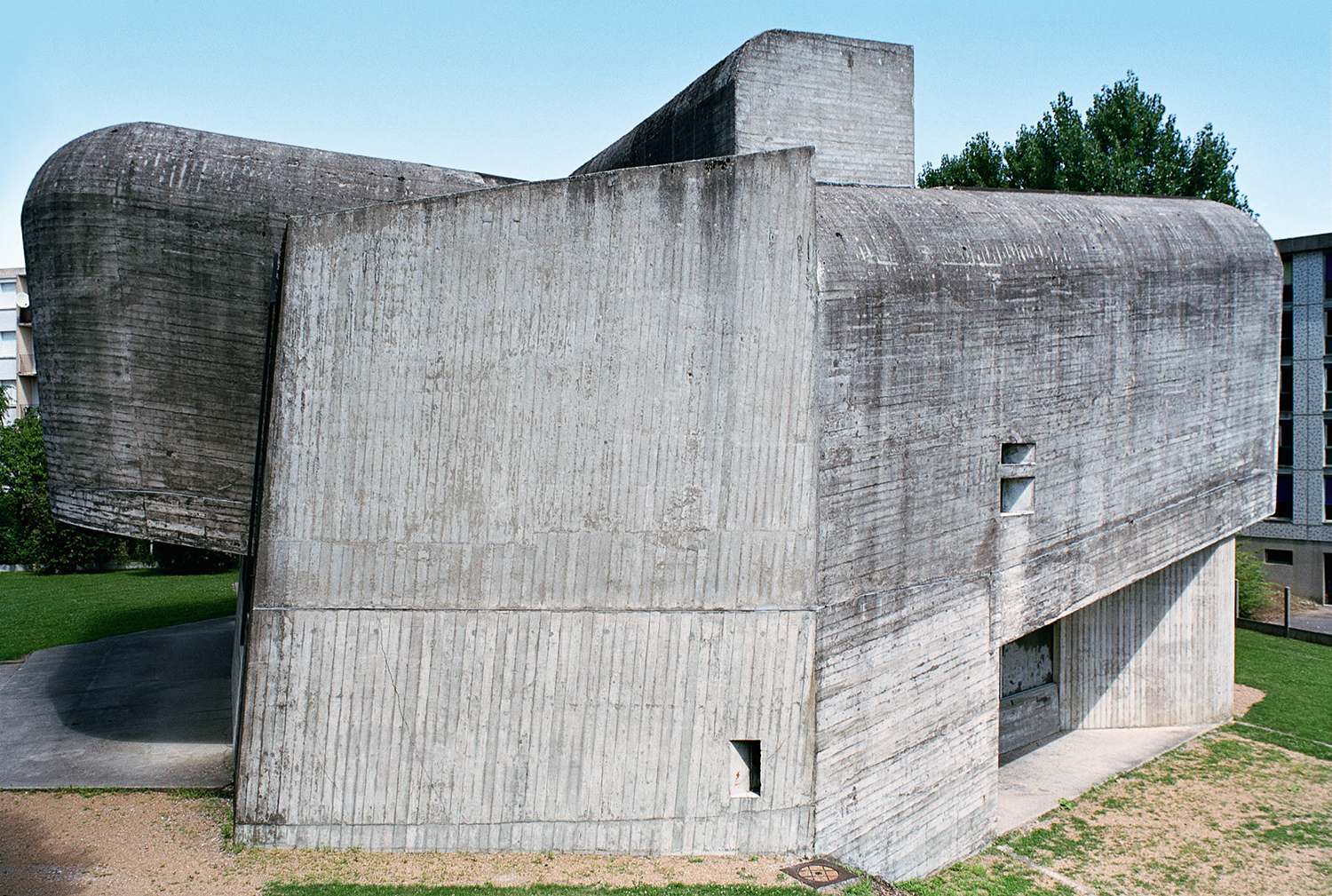Purple Magazine
— F/W 2013 issue 20
Claude Parent
 Sainte-Bernadette-du-Banlay Church, Nevers, 2009, photo by Aglaia Konrad, collection FRAC Centre, Orléans
Sainte-Bernadette-du-Banlay Church, Nevers, 2009, photo by Aglaia Konrad, collection FRAC Centre, Orléans
architecture for the future
interview by DONATIEN GRAU and OLIVIER ZAHM
portrait by OLIVIER ZAHM
Claude Parent is a living legend and the physical link between the urban modernism of Le Corbusier and contemporary architects Zaha Hadid and Jean Nouvel. At 90 he’s lived through nearly a century of radical change. He’s one of the founders of the architecture movement, Brutalism, and as a true artist, he consistently generates a provocative vision for building the present and the future.
OLIVIER ZAHM — We came to see you because, for us, you are a major figure in architecture and still a very strong influence on up-and-comers. The great architects — the entire architectural world — recognize you, as do the newer generations. It’s fascinating to look back over your journey and to explore…